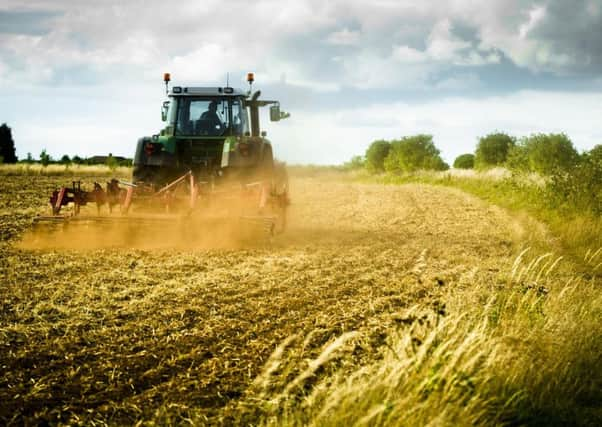Deaths of 10 North West farmers in last five years leads expert to preach vigilance


According to new figures from the Health and Safety Executive (HSE), agriculture is the riskiest industry to work in, with 33 people having died across Britain in 2017/18, one of which was in the North West - lower than the average of two per year in the region over the past half-decade.
“Although the North West has had one of the lowest death rates this year, one death is one too many," said Richard Wade of Lycetts Risk Management Services. “Agriculture has a high fatality rate that significantly outstrips that of other industries, with it being more than five times higher than the second most-risky industry - construction.
Advertisement
Hide AdAdvertisement
Hide Ad“It is a hazardous industry, with farmers facing potentially fatal risks on a daily basis, from working with unpredictable animals to potentially dangerous machinery," Richard added. "Everyone deserves to come home after a hard day’s work so limiting risk and making working environments as safe as they can be should be top priority."


Of the 33 deaths in the agricultural sector this year, four were members of the public, two of which were children. Being injured by an animal caused the most deaths, accounting for one in four deaths, including the incident in the North West, when a 70-year-old farm worker was crushed against a wall by a bull being loaded at an auction mart. He died from multiple injuries.
“It is clear the burden of keeping farms safe is a heavy, but necessary one, with no room for error," Richard continued, with 48% of the agricultural workers killed over 65 and almost twice as many self-employed people killed as employees. “There have been great strides with regards to health and safety over the past decades, but we still have a huge way to go."
The number of fatal injuries to workers in agriculture have fallen by around half since 1981, but "unwise risk-taking" remains an issue in the industry according to Richard, with those working past retirement age struggling with the same physical and cognitive demands placed on their fitter, younger selves.
Advertisement
Hide AdAdvertisement
Hide Ad“Sadly, some of these deaths are a result of freak accidents, but others are preventable," Richard said. “Death and injury can have a devastating impact on family and friends, so the value of doing so is immeasurable.”